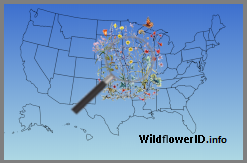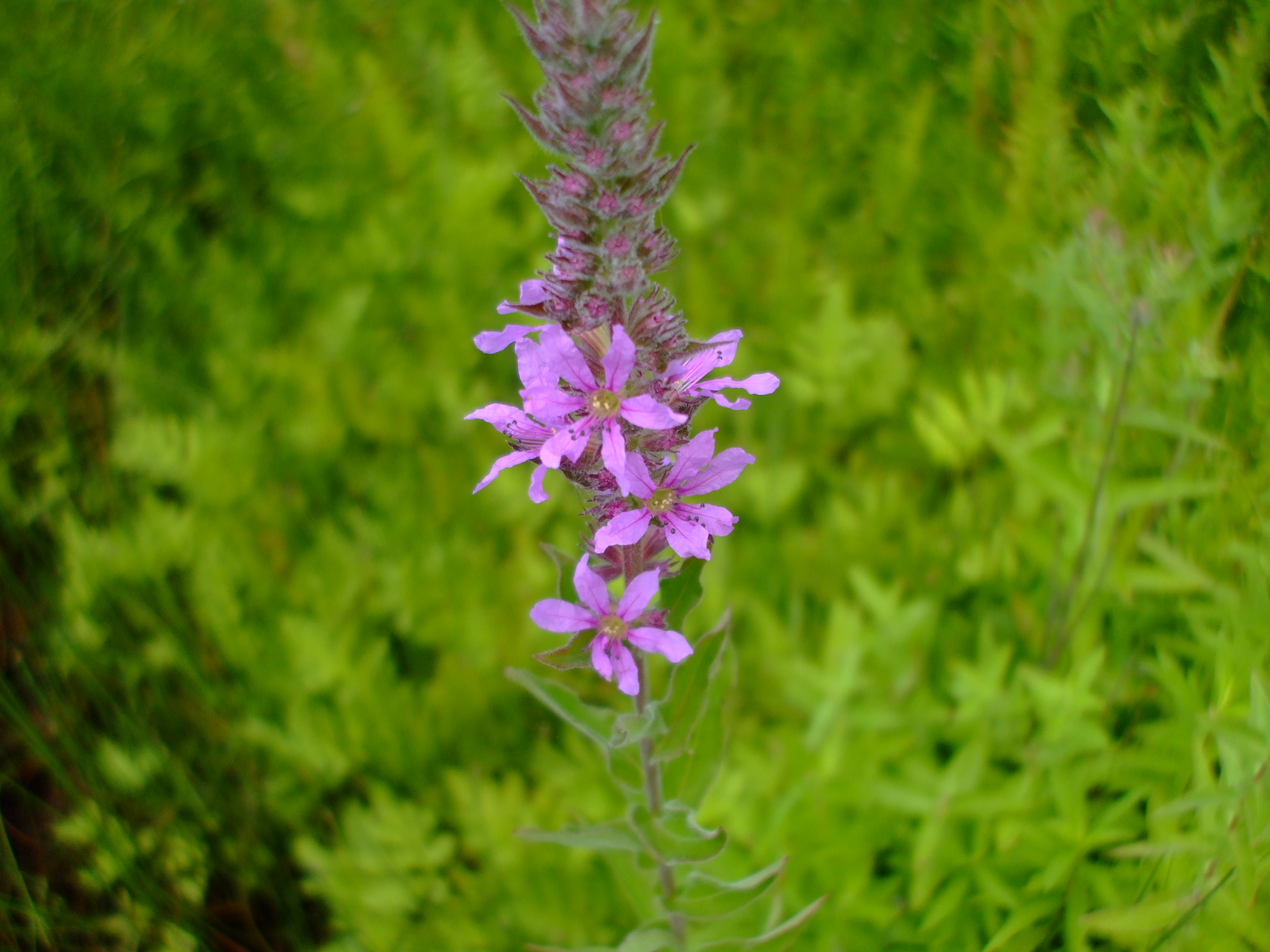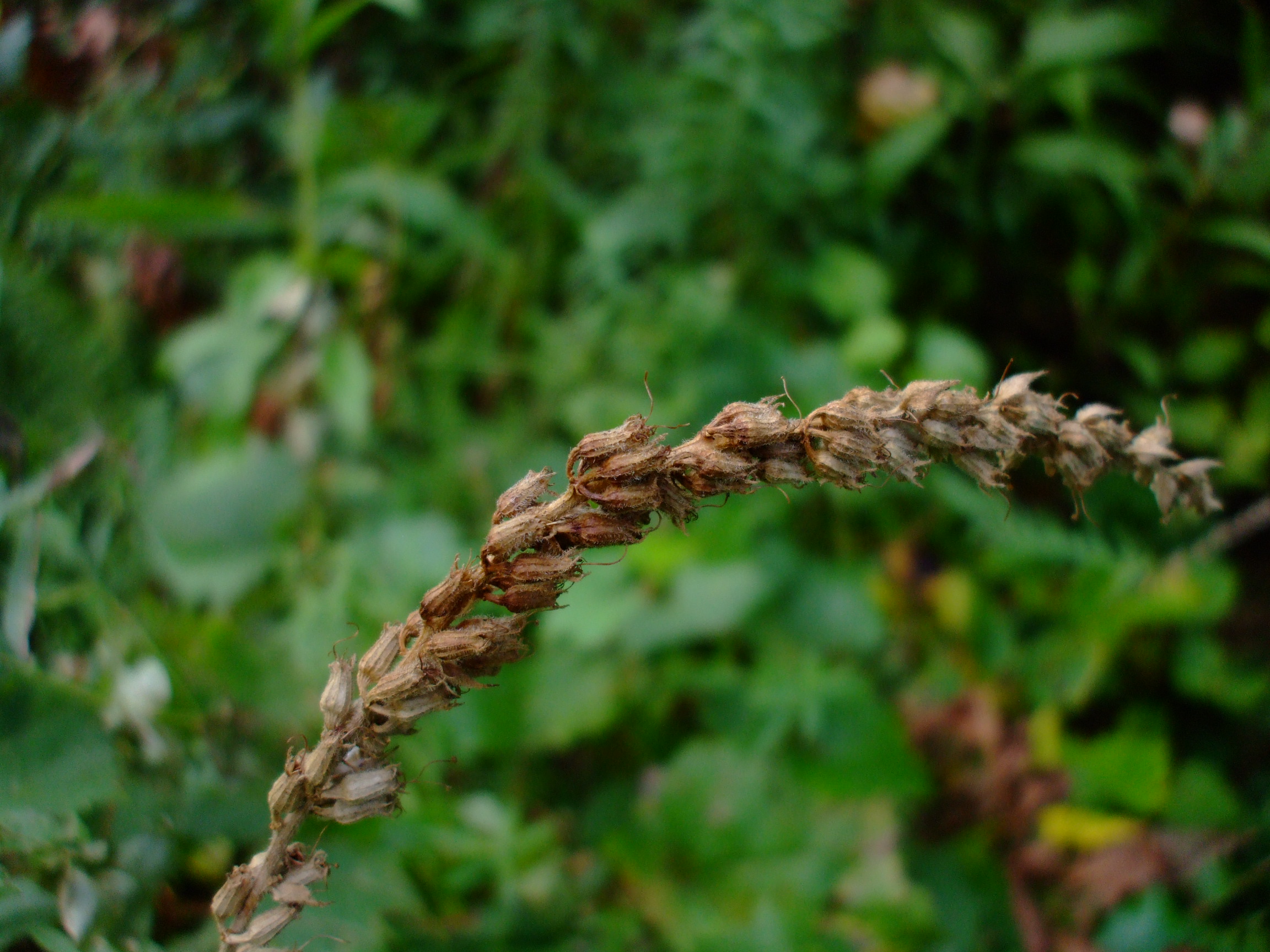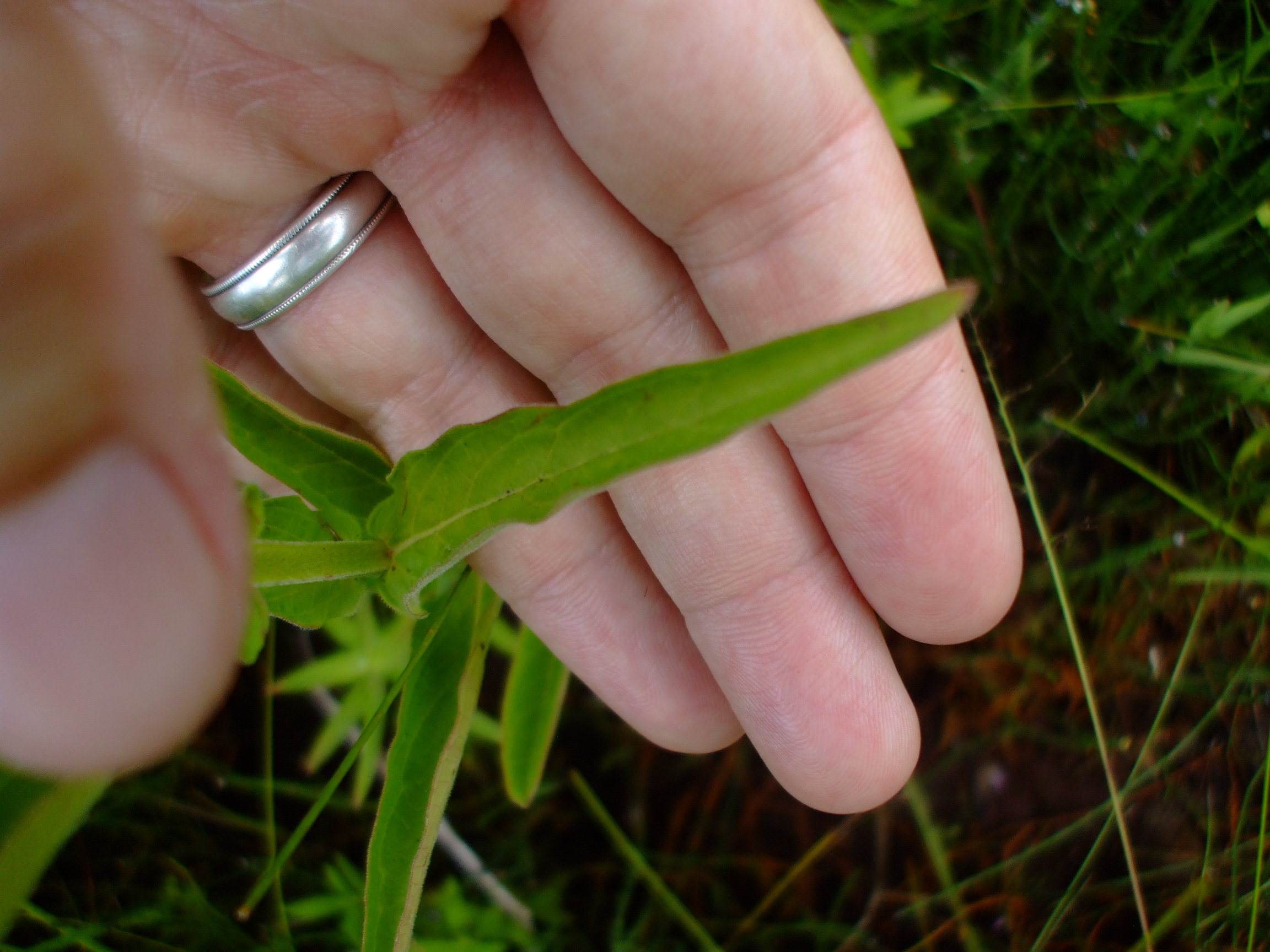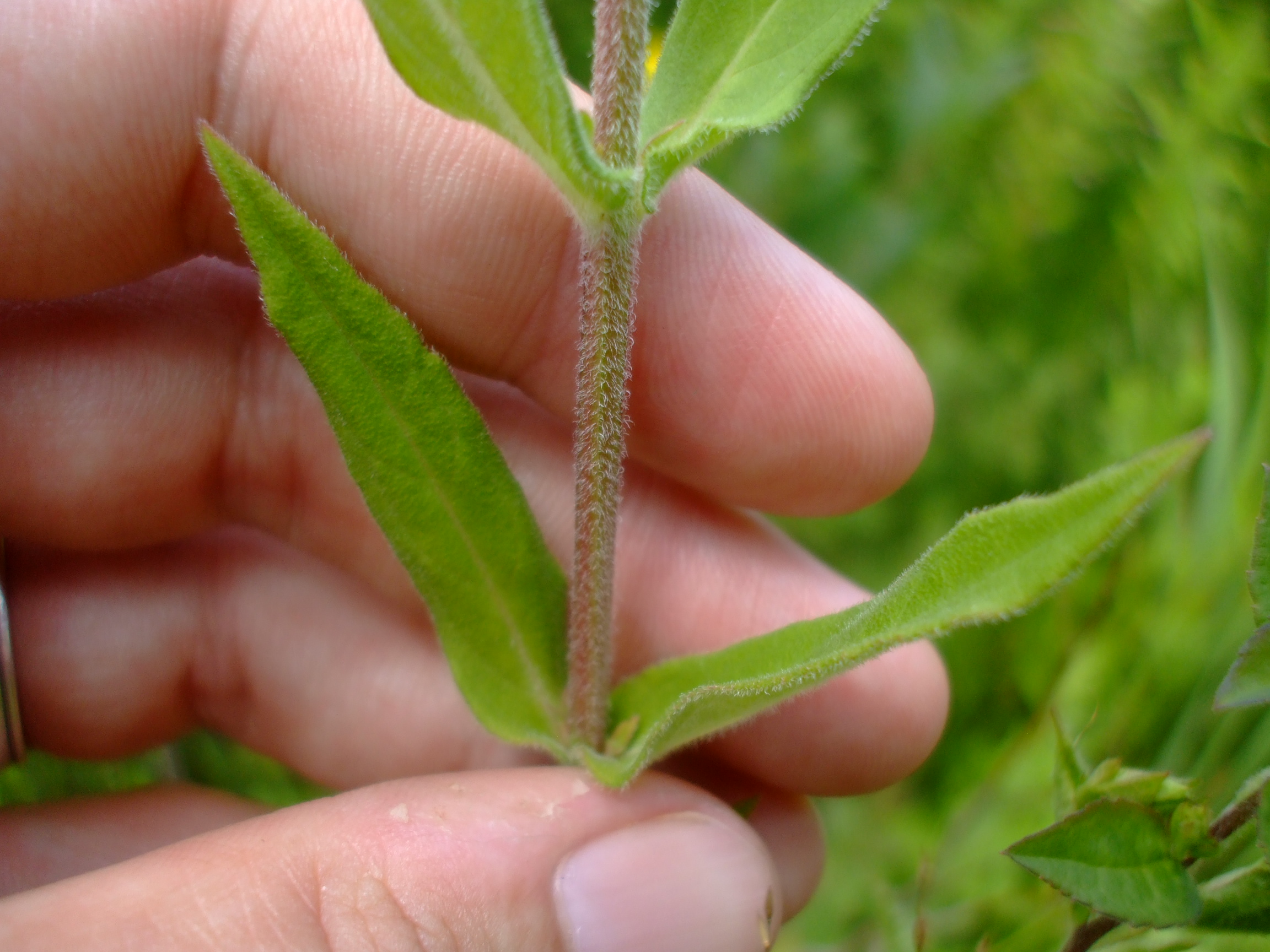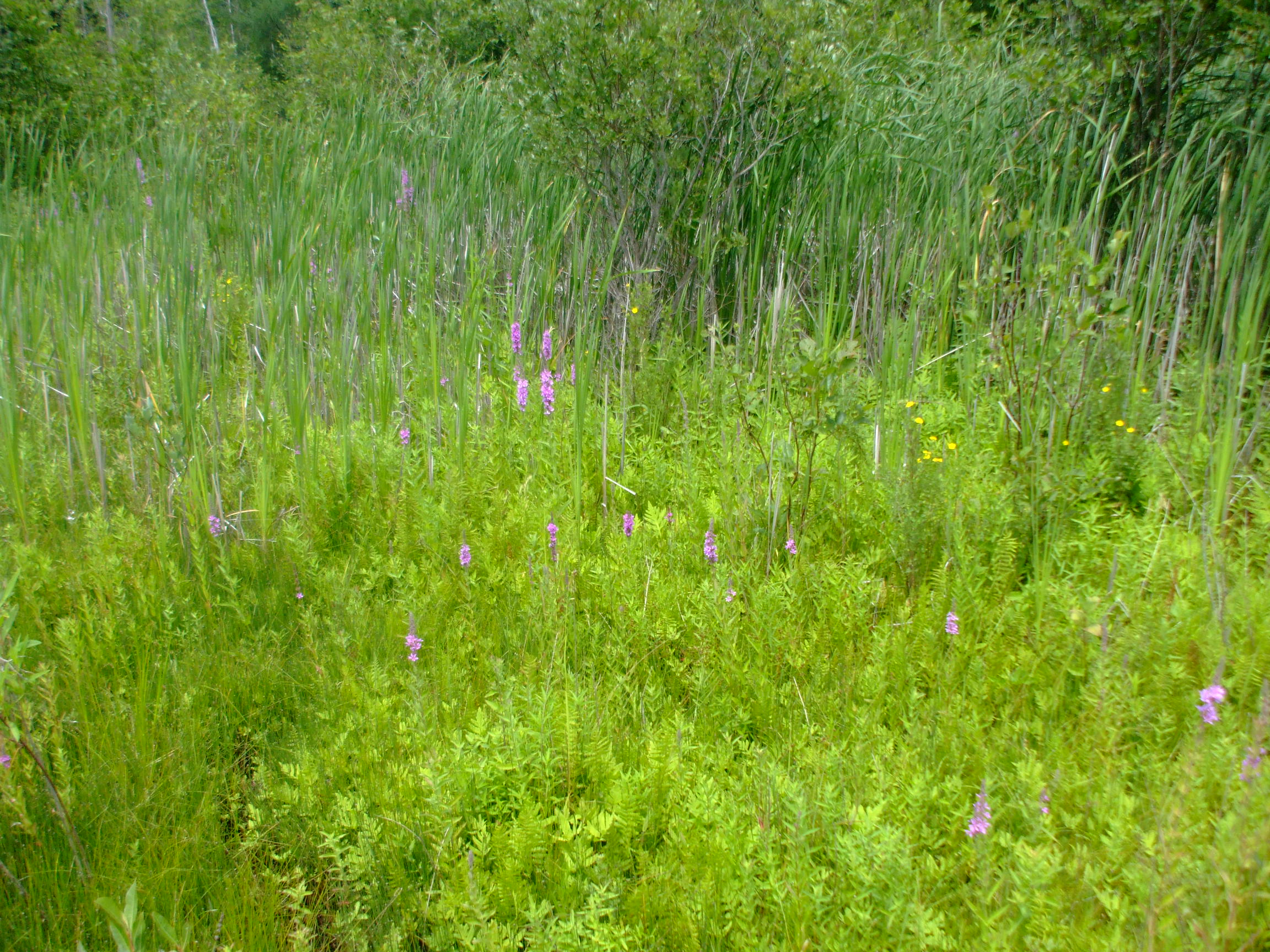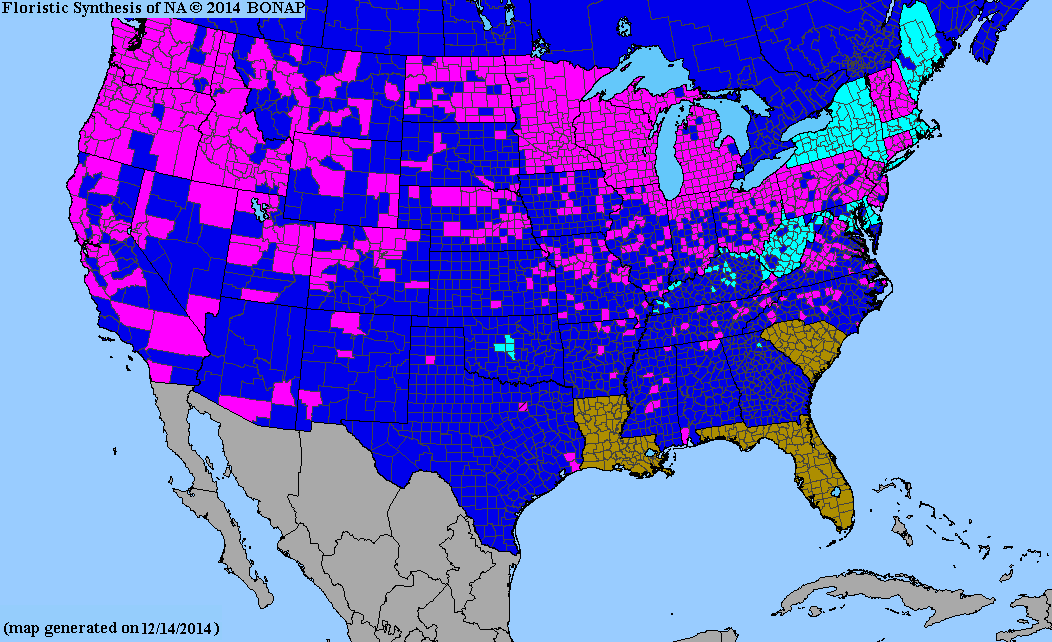Lythrum salicaria
(Purple Loosestrife)
Other pictures of this plant:
Facts About this Plant:
- Common Names: Purple Loosestrife, Spiked Loosestrife, Purple Lythrum
- Lifespan: Perennial
- Zones: 4 - 9
- Type: Forb
- Bloom Time: May - September
- Status: Non-Native
Lythrum salicaria, or Purple Loosestrife, is NOT NATIVE to the United States. It is now introduced to almost the entire US, where it quickly spreads into wetlands and takes over, crowding out the native species. It blooms in late spring to mid summer, with beautiful spikes of purple flowers. These beautiful flower spikes are part of what have made it spread more - many people plant it thinking it is ok to put in their yard/garden, but each single plant can make over 2 million seeds that start so many new plants! This plant should, unfortunately, not be grown in any garden, but especially not any wildflower garden.
This non-native species is actually quite similar to our native species, Lythrum alatum, which is well-behaved and is a perfect replacement for Lythrum salicaria in any wildflower garden. Lythrum salicaria is a taller plant, often reaching four to five feet; it has deeper colored flowers, and larger leaves, and its leaves and stems are hairy; it and also tends to bloom about two weeks later. Meanwhile, Lythrum alatum blooms earlier, has no or very tiny hairs on its leaves and stems, and it has paler purple flowers. In addition, it onyl reaches a maximum height of about two feet. See comparison photo below.
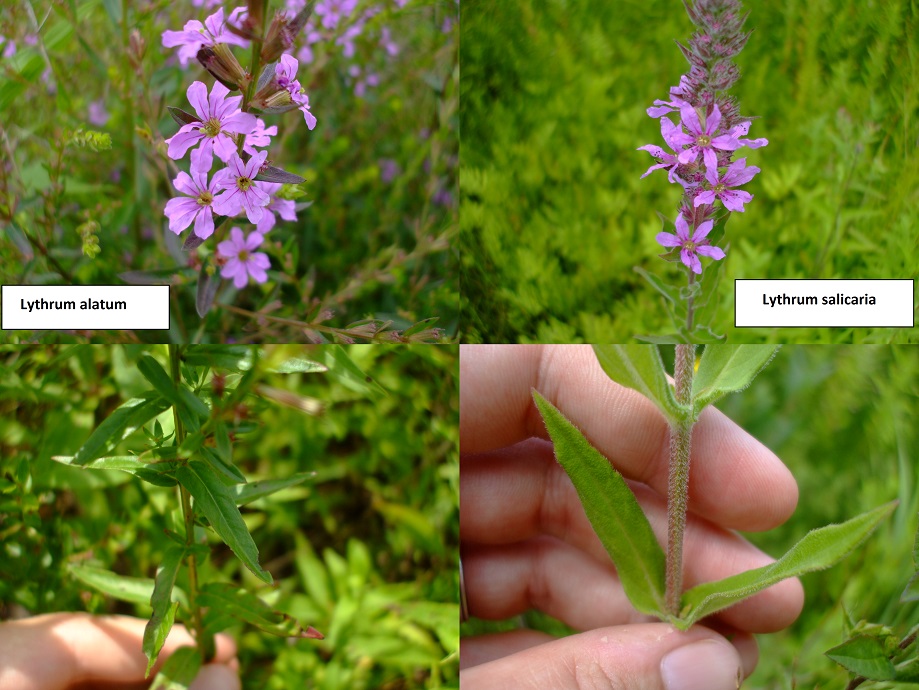
Back to The Plants.
Back to A-Z Listing.
